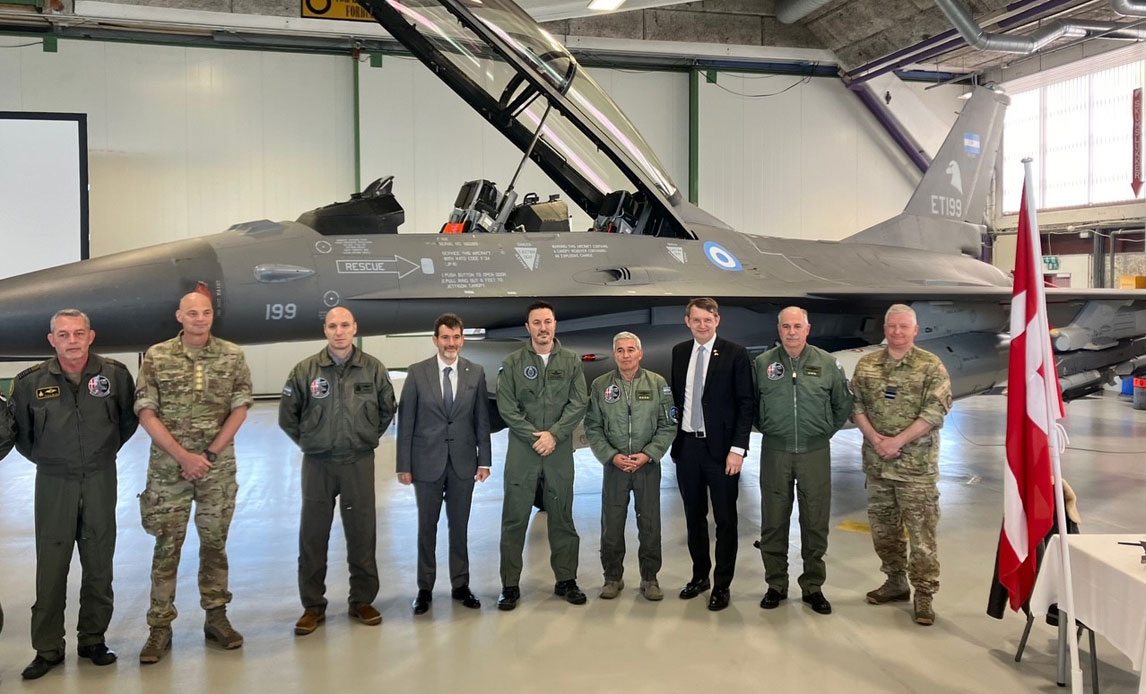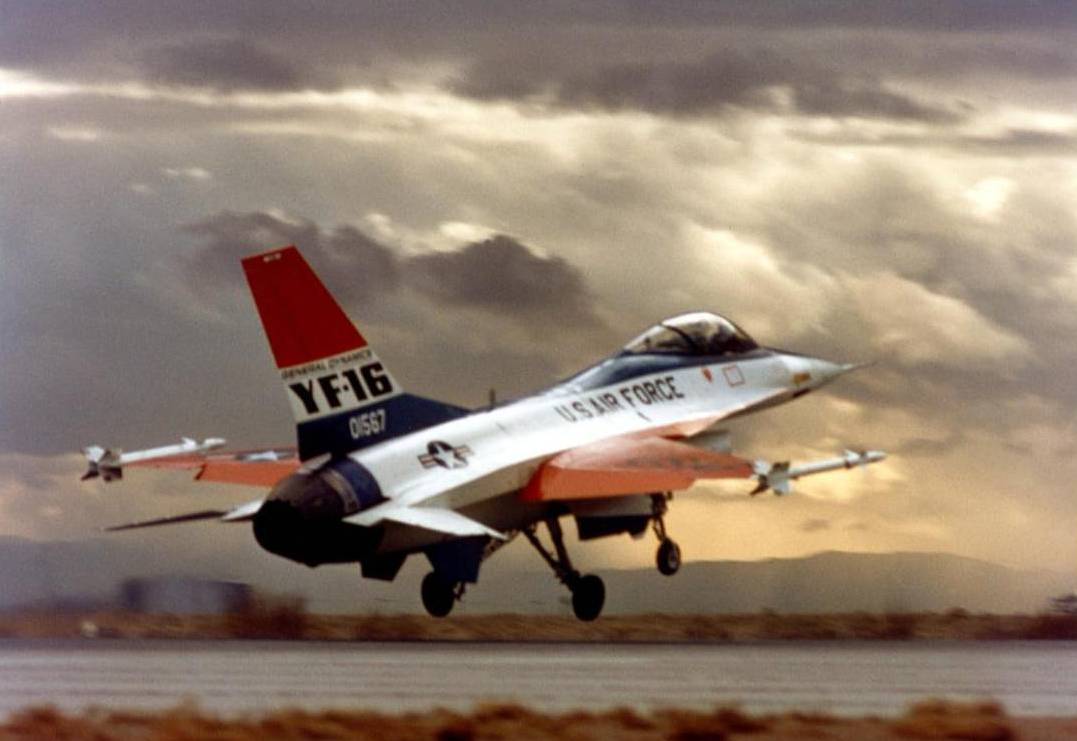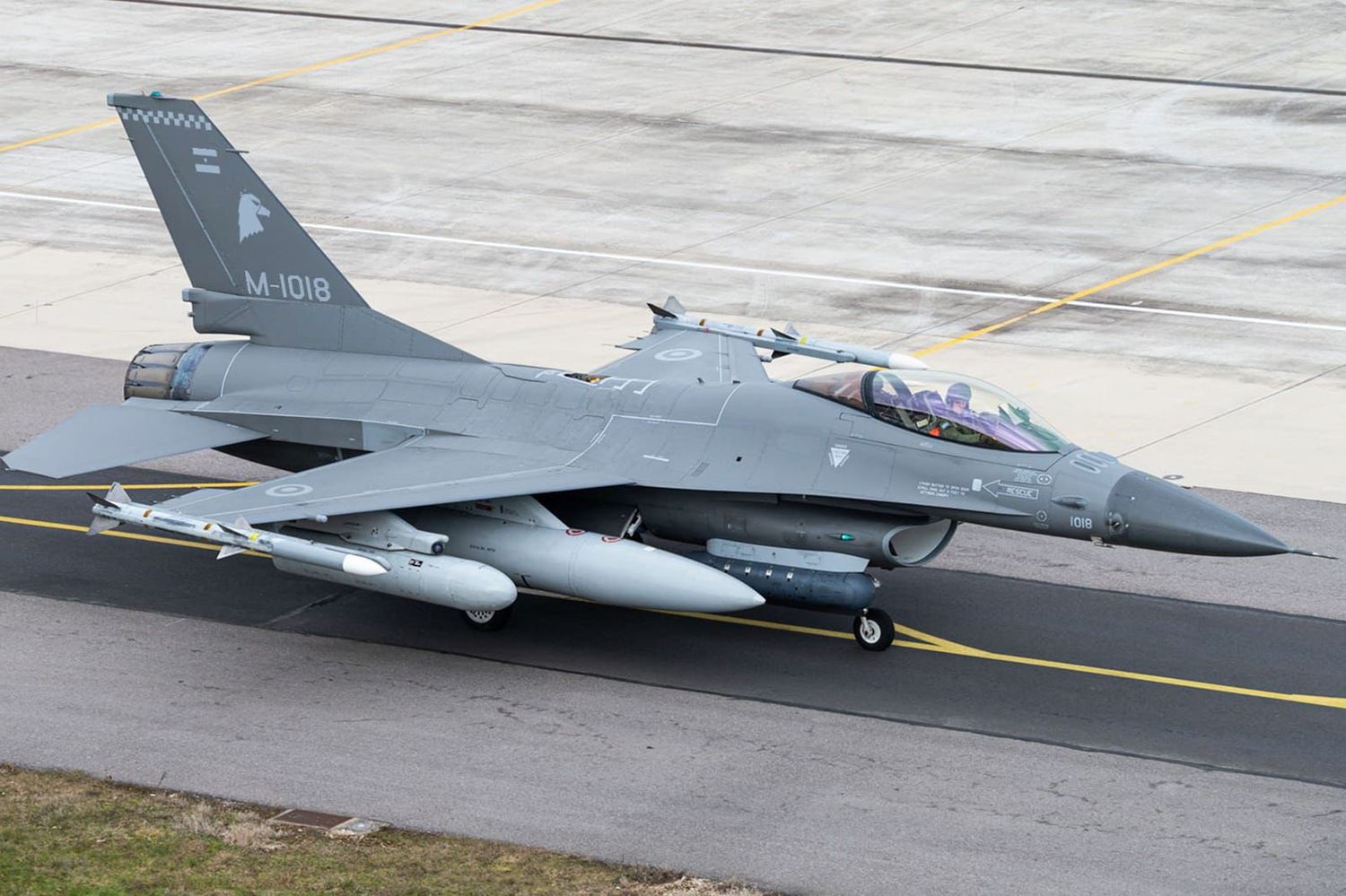Argentina Unveils First F-16 Fighting Falcon for Its Air Force
The F-16 marks a turning point for the FAA: training, weaponry, and international cooperation.
Today, in a closed-door event attended by government officials and select media, Argentina will officially present its first F-16 Fighting Falcon for the Argentine Air Force (FAA). This milestone marks a significant technological leap and the culmination of a long-term effort to restore Argentina’s air defense and supersonic interception capabilities, which had been lost following the retirement of its Mirage and Dagger fighters in 2015.
The aircraft being showcased is the F-16BM Block 10 "number 25", which, due to its non-flight condition, arrived in Argentina inside the cargo bays of FAA C-130H Hercules transport aircraft. It was later assembled at Tandil’s VI Air Brigade with the assistance of Danish technical personnel. This F-16B will primarily be used for technical personnel training and conversion.

The Long Road to Acquisition
The acquisition of the F-16s is the result of a process that began nearly a decade ago. After evaluating various options—including offers from Spain, Israel, Russia, South Korea, France, China, and India—Argentina ultimately chose the F-16 A/B MLU (Mid-Life Update) fighters from the Royal Danish Air Force (RDAF). The contract was signed on April 16, 2024, by Argentine Defense Minister Luis Petri during a ceremony in Denmark, with President Javier Milei participating remotely.

This agreement not only strengthens defense cooperation between Argentina and Denmark but also integrates the FAA into the global community of F-16 operators, a fighter with a proven track record in multiple conflicts worldwide.
A Legacy of Innovation: The F-16’s History
The F-16 Fighting Falcon, nicknamed "Viper", is a single-engine multirole fighter developed by General Dynamics in the 1970s. Since its introduction in 1978, it has become one of the most successful combat aircraft in history, with over 4,600 units produced and currently serving in more than 25 countries.

Originally designed as part of the Lightweight Fighter (LWF) program, the F-16 introduced groundbreaking innovations for its time, such as fly-by-wire controls, an aerodynamically optimized design, and an advanced APG-66 radar. Over the years, the aircraft has been continuously modernized, ensuring its continued relevance in modern high-intensity conflicts—such as the Russia-Ukraine war, where F-16 MLU fighters donated by several European nations are playing a key role in rebuilding Ukraine’s heavily depleted Air Force and aligning it with NATO standards.
Key Capabilities for the FAA
The arrival of the F-16s represents a major qualitative leap for the Argentine Air Force, granting it new operational capabilities:
- Supersonic Interception: With an excellent thrust-to-weight ratio, the F-16 can rapidly reach critical altitudes to intercept potential threats.
- Beyond Visual Range (BVR) Combat: Equipped with AIM-120 AMRAAM missiles and an upgraded APG-66(V)3 radar, Argentine pilots will have, for the first time, the ability to engage threats at medium and long ranges.
- Precision Strike: The FAA will now have air-to-ground guided munitions, including JDAM bombs, Paveway II laser-guided bombs, and Maverick missiles, along with laser designation systems.
- Suppression of Enemy Air Defenses (SEAD): The F-16s will be equipped with AGM-88 HARM anti-radiation missiles, a crucial tool for neutralizing enemy radar systems and creating safe corridors for attack missions.
These enhancements position Argentina more competitively relative to regional neighbors like Brazil, Chile, and Colombia, which already operate modern fighter aircraft.
However, the arrival of the F-16s also exposes logistical challenges. The FAA currently lacks a compatible aerial refueling aircraft, as its KC-130H Hercules tankers use a probe-and-drogue system, while the F-16s require a boom-type refueling system. This has prompted the Argentine government to begin negotiations for the acquisition of KC-135 Stratotankers, which are essential for extending the operational range of the F-16s.
Weapons Package and Future Prospects
The U.S. State Department recently approved a $941 million arms sale to Argentina, which includes:
- 36 AIM-120 C-8 AMRAAM air-to-air missiles
- GBU-12 Paveway II laser-guided bombs
- Link-16 data link systems
- Support and training equipment
While the F-16s acquired by Argentina do not represent the latest-generation combat aircraft, their arrival restores capabilities lost nearly a decade ago and enhances interoperability with regional and international allies.
Challenges remain, such as modernizing FAA infrastructure and acquiring additional aircraft and support systems. However, today’s presentation marks a positive milestone, signaling the beginning of a new era for Argentina’s military aviation.


Comentarios
Para comentar, debés estar registrado
Por favor, iniciá sesión